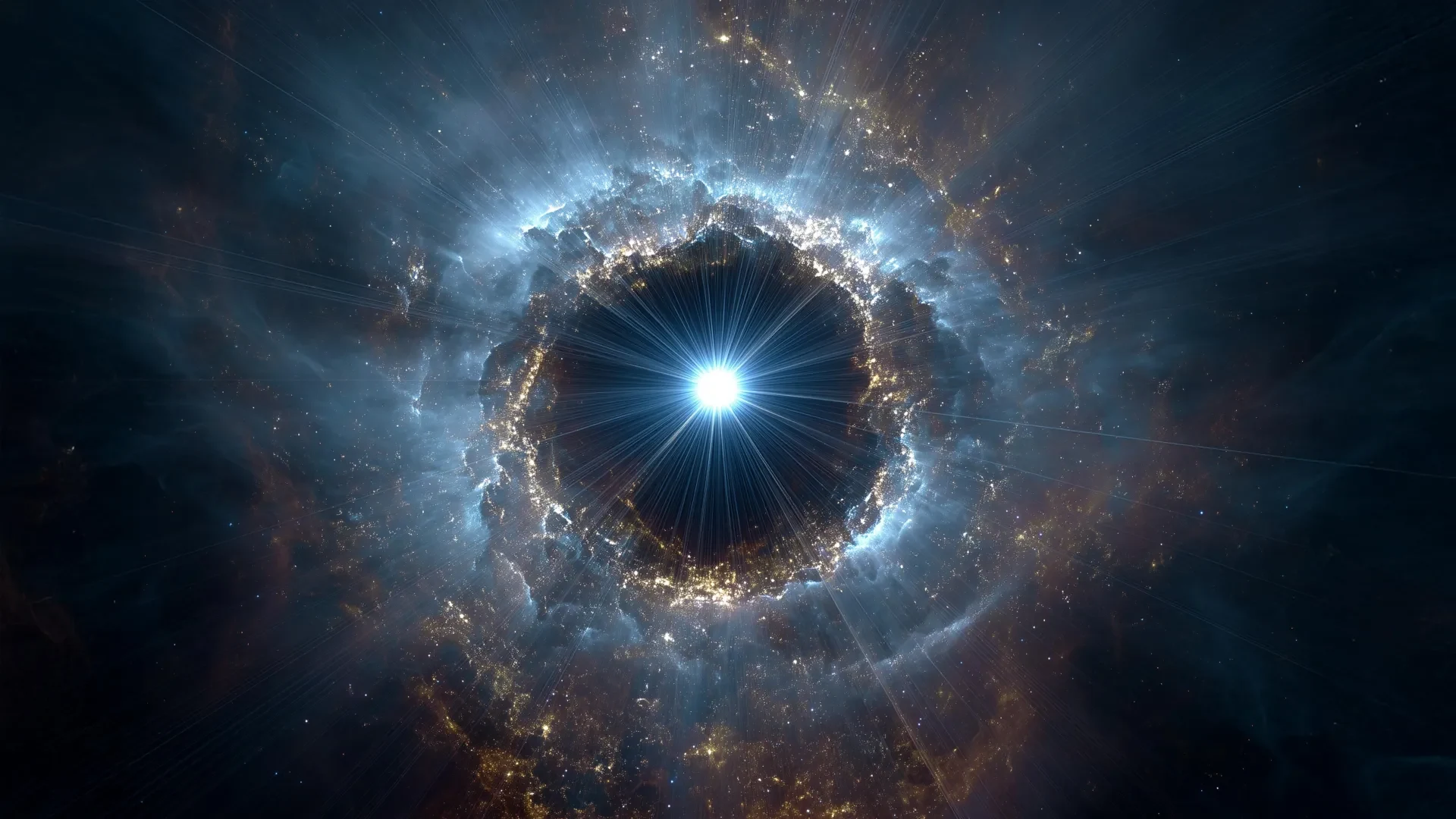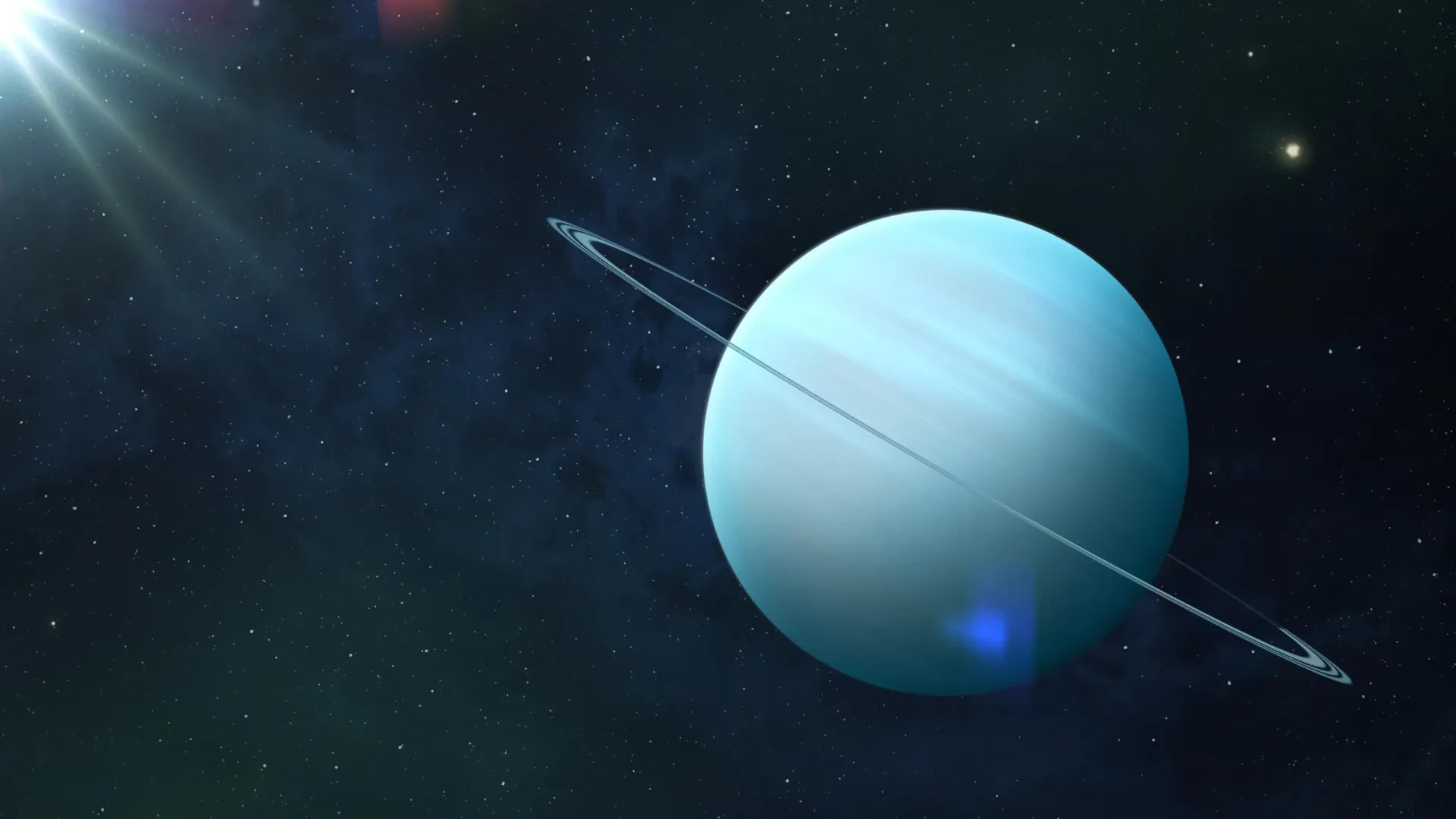The James Webb Space Telescope has detected objects that may be the first stars powered by dark matter annihilation, challenging classic theories of cosmic evolution.

October 14, 2025

Source:
ScienceDaily
JWST Detects Unusual Ancient Objects
The James Webb Space Telescope (JWST) has observed mysterious, bright red objects at extreme distances. These may be the earliest stars ever formed—powered not by fusion, but by dark matter annihilation. Scientists report discovering four strong candidates based on unique brightness and spectra, including a possible helium absorption line matching predictions for so-called dark stars. (Live Science)
Key Characteristics
Supermassive: Up to a million solar masses
Luminous: Up to a billion times the Sun’s brightness
Power source: Dark matter annihilation
Keep up with the story. Subscribe to the PR+ free daily newsletter

Source:
Scientific Implications and Controversy
Dark stars, a theory introduced by Katherine Freese in 2007, challenge conventional models of star formation. If validated, they provide a solution to the longstanding puzzles of unexpectedly luminous early galaxies and the rapid appearance of supermassive black holes. (ScienceDaily)
Comparison Table
Feature | Ordinary First Stars | Dark Stars |
|---|---|---|
Power Source | Fusion | Dark matter annihilation |
Mass | 10–100 solar masses | Up to 1,000,000 solar masses |
Lifespan | Millions of years | Longer, if dark matter persists |
Controversial Evidence
The dark star candidates require confirmation. Their existence would have major implications for both stellar astrophysics and the study of dark matter. JWST’s infrared capabilities make it uniquely powerful for these types of discoveries. (NASA JWST Science)
Read More

Source:
Share this news:




















